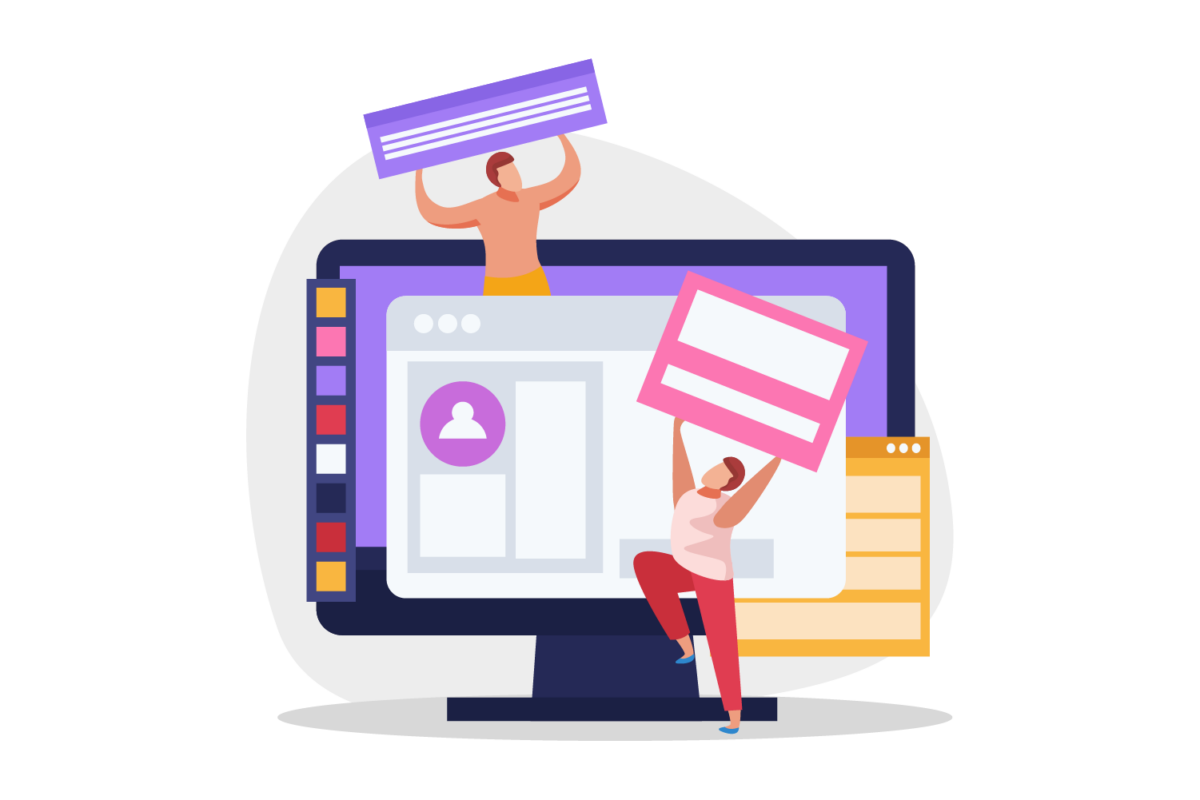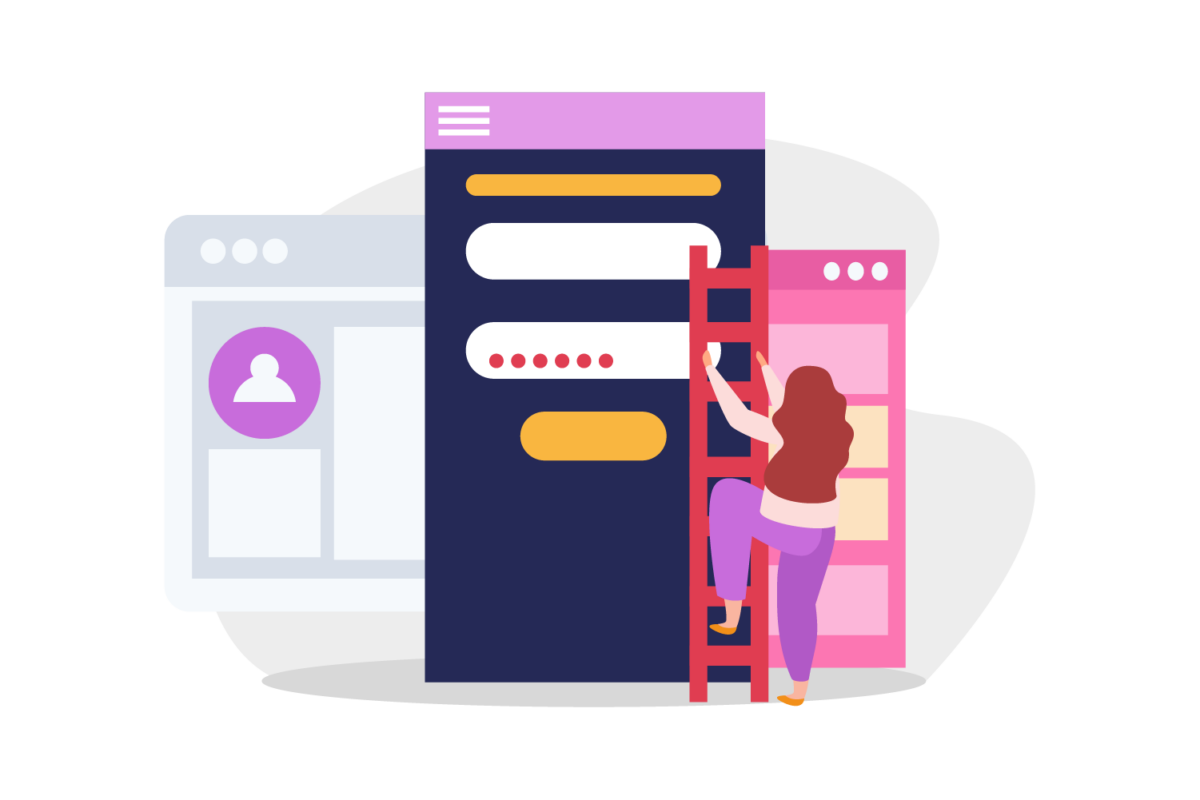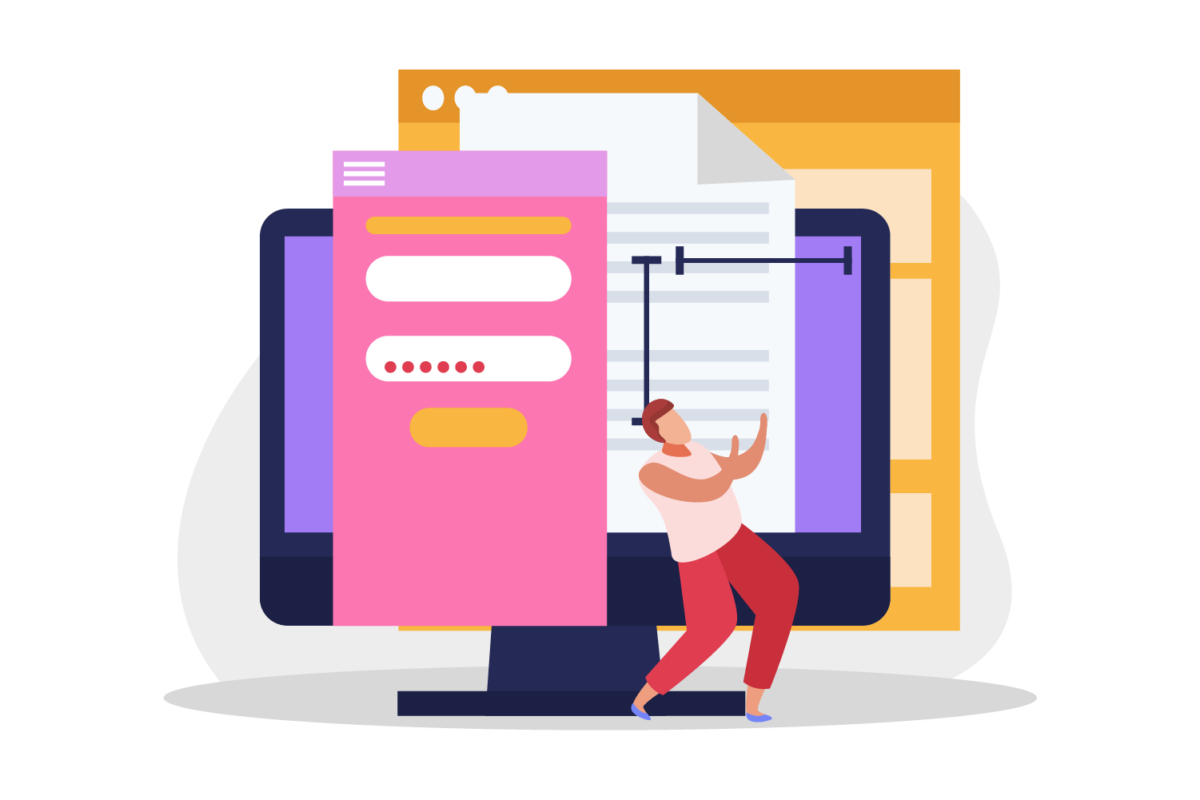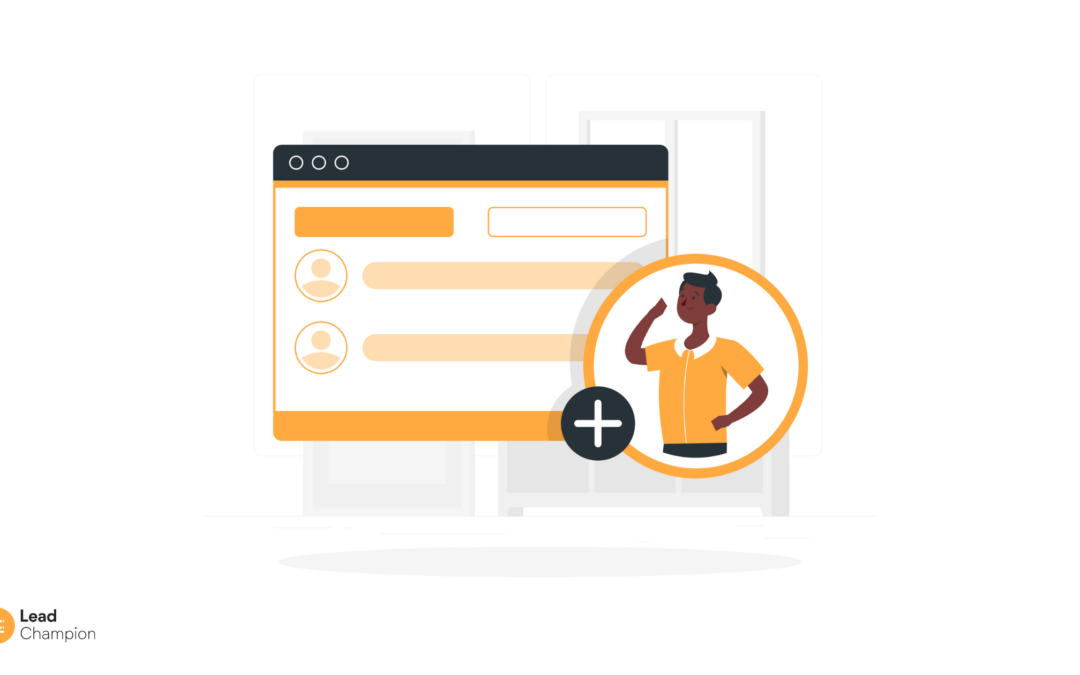There is no doubt that pop-overs have always been a valuable resource for online lead generation, even in B2B.
Today we find ourselves at the dawn of a new era, with generative Artificial Intelligence as the protagonist: we can attract the attention of our target accounts with ABM and generate hyper-personalised messages right while our prospects are visiting.
How can we make the most of pop-overs and what’s to come in the near future? Let’s find out together!

Account Based Marketing and generative AI: an overview
Among B2B digital marketing strategies, Account Based Marketing stands out due to its objective: that of reaching not so much the widest possible audience, but rather a few targeted accounts, ‘overturning’ the expectations and methodologies of classic inbound marketing strategies.
In recent years, Artificial Intelligence has revolutionised ABM. There are algorithms that are able, for example, to connect different scoring assigned to users with data obtained through web, social and mobile channels, in order to offer the highest possible value to both companies and prospects.
On the other hand, customer experience personalization is the fundamental component of ABM and one of the most important challenges for any B2B company. This is where the ongoing game of generative AI is being played out.
We live in the era of hyper-personalisation, which can finally be realised on a large scale. Thanks to Large Language Models such as OpenAI’s GPT-4 and their applications, the possibilities of offering B2B customers personalised and targeted experiences no longer based on a market segment, but on the individual customer, are multiplying.
In this scenario, pop-over windows acquire a new value: before exploring their potential in the light of generative AI, however, it is good to brush up on the basics of an element that is often underestimated, but capable of yielding great results.
Pop-over and B2B marketing: are they still useful?
Part of the Web since the 1990s, pop-overs suffered from a bad reputation among visitors for a long time, as they were often misused.
Over the last few years, however, pop-overs have rapidly made a comeback even on B2B websites: instead of interrupting the user’s visit sessions, the most effective B2B pop-overs are able to intercept the visitor’s identity and needs, proposing relevant offers in line with their needs.
The results speak for themselves: according to research conducted by Sumo, which analysed two billion pop-overs, the average conversion rate of this type of call-to-action is close to 10 per cent, with peaks of over 50%.
You don’t want to miss out on the chance to successfully grab the attention of one out of every two prospects with a skilful pop-over? Follow these few best practices!

B2B Pop-overs: 5 best practices
Offer value
A pop-over is a request for attention: it is important that the user feels rewarded for giving it. Offer a clear and immediate benefit to the pop-over: exclusive content or resources, free trials of a service or special discounts for your e-commerce.
Be relevant
A pop-over should be highly relevant to the user and the context in which it is displayed. This is always true, but even more so in B2B, where time and attention are precious.
Mind the design
A pop-over should be designed in such a way that it attracts attention without being intrusive. A clean design, clear text and a strong call-to-action help make it effective and eye-catching, without going overboard.
Offer a way out
Users should be able to close the pop-over easily if they are not interested. Place a clear and visible ‘X’ in the top right corner: this is common and easily recognisable by all.
Monitor and optimise
Finally, you should always monitor the effectiveness of your pop-overs, update and optimise them regularly. Measure conversion rate and view time to know how your pop-overs are performing and which aspects can be improved.
Pop-overs are not all the same!
Even before you start designing a new pop-over for your site, it is good to know where and how it will appear on the page once it is finished. These are the main types of pop-over:
- entry pop-overs: displayed as soon as a visitor accesses a website;
- exit pop-overs: displayed when a visitor is about to leave the site and designed to capture attention by offering a last offer or information;
- timed pop-overs: displayed after a certain amount of time on a site or page, they target users who are already potentially interested;
- scroll-based pop-overs: displayed when a visitor scrolls a certain percentage of the content or reaches a certain point or section of the page;
- Content lockers: lead generation pop-overs that ‘lock’ valuable content behind a kind of ‘wall’ and are only unlocked following a specific action, such as entering data or subscribing to a newsletter.

Generate hyper-personalised pop-overs with AI
As already mentioned, with large-scale language models, Artificial Intelligence makes it possible to generate consistent, hyper-personalised content by combining data from multiple touchpoints.
By customising an attention-grabbing element such as pop-overs with generative AI, each visitor to your site can enjoy a unique experience, modelled on their specific needs and interests.
For instance, with the help of advanced lead generation tools, it is possible to identify visitors to your website, understand their interests, and generate customisable pop-overs based on the visitor’s IP address, product category, and interest already shown in certain content.
These pop-overs can present relevant information and tailor-made special offers, take on a Tone of Voice consistent with that of the prospect, or even allow a direct conversation to be initiated with Artificial Intelligence.
In spite of the many advantages, getting to this level of hyper-personalisation also requires overcoming challenges.
One of these is the processing time required by Large Language Models, which may take longer to process a large amount of computational resources than an instantaneous element by nature such as a pop-over.
However, with continued advances in Artificial Intelligence technology, this challenge is likely to diminish over time.
In addition, ABM combines hyper-personalisation with the identification of a pre-determined pool of contacts: by previously establishing the contacts on which to focus ABM campaigns and the prompts that will constitute their messages, you will be able to generate advanced pop-overs much faster!

Soon on Lead Champion booster
Lead Champion booster is the innovative lead generation tool that enables intelligent, configurable pop-overs to reach the right visitor at the right time with the right message.
Thanks to Lead Champion booster’s advanced B2B marketing features, you can customise the fields and content of pop-over forms to decide to whom, on which pages and when to display them.
But that’s not all… We have big news for our customers: in the coming months, Lead Champion booster will integrate with ChatGPT to enable customised experiences for each company on the site and make lead generation even more effective!

